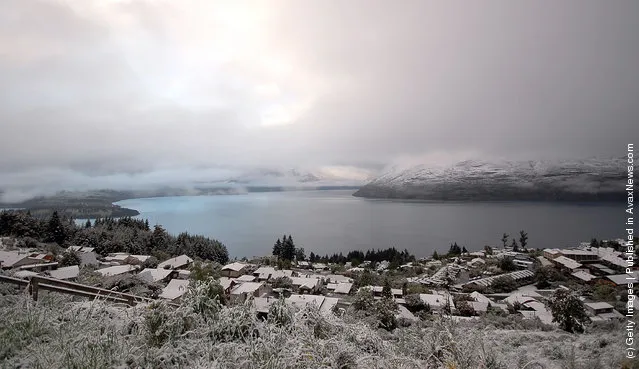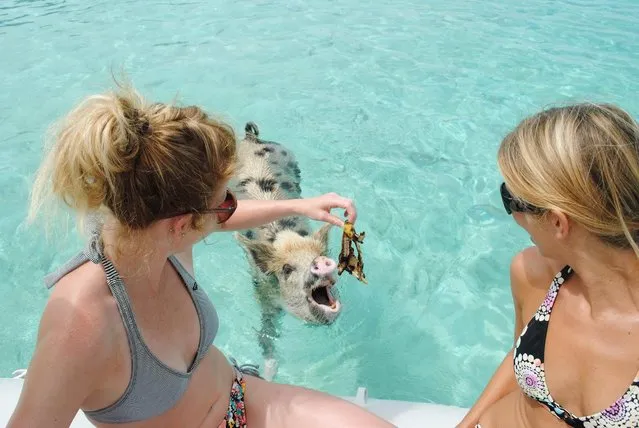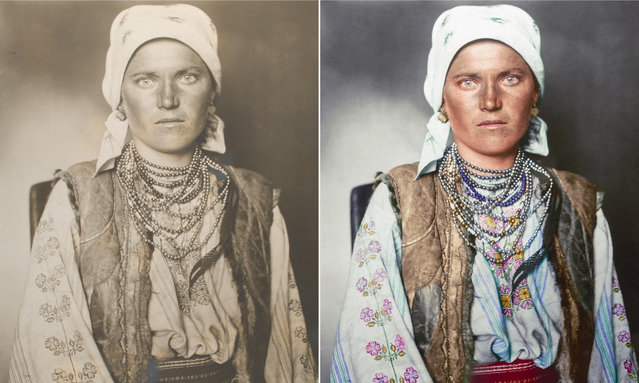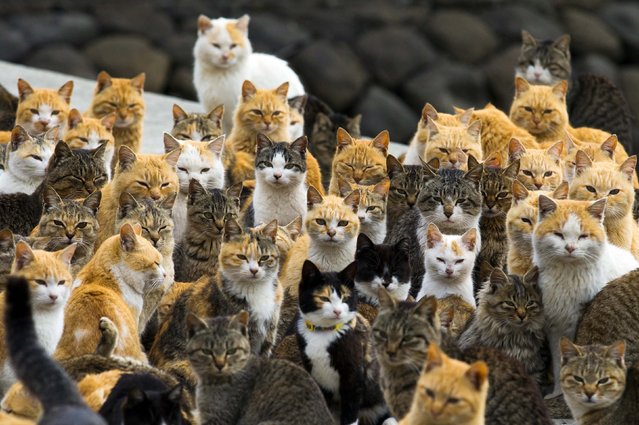
An Indonesian model wearing a colorful costume participates in a parade during the Batam Island International Culture Festival in Batam Island, Indonesia, 16 December 2017. Batam Island, an industrial area in Indonesia, is boosting the tourism sector to improve the economy of its community by eyeing the visitors' boom of next door country Singapore. (Photo by Hotli Simanjuntak/EPA/EFE)







